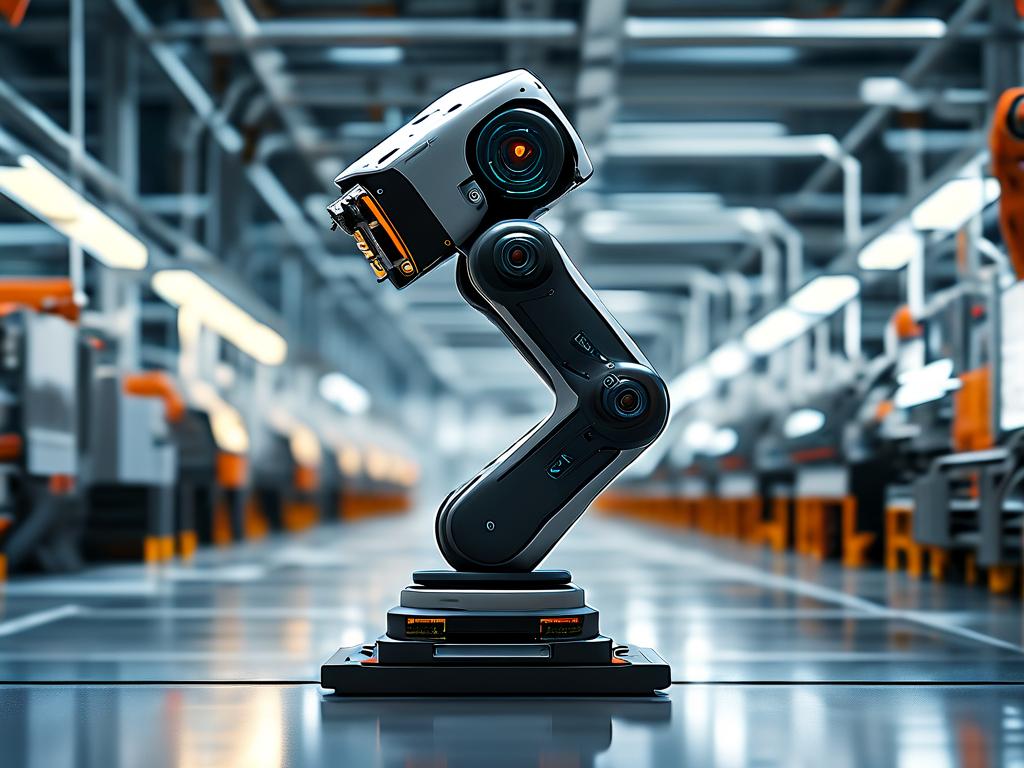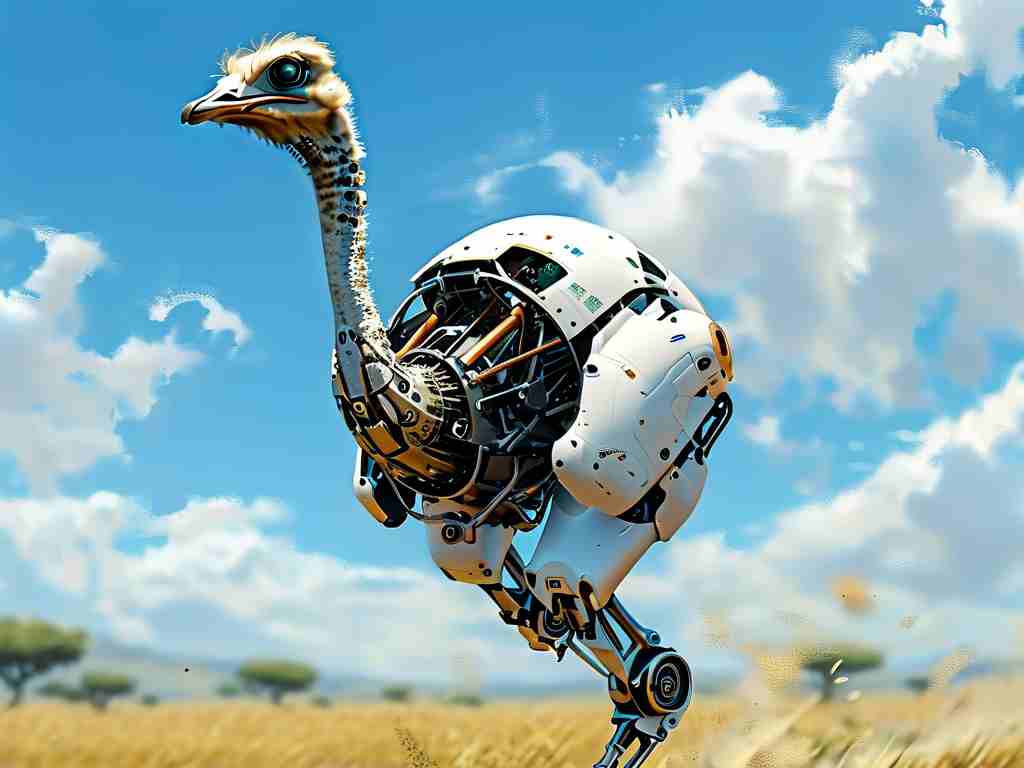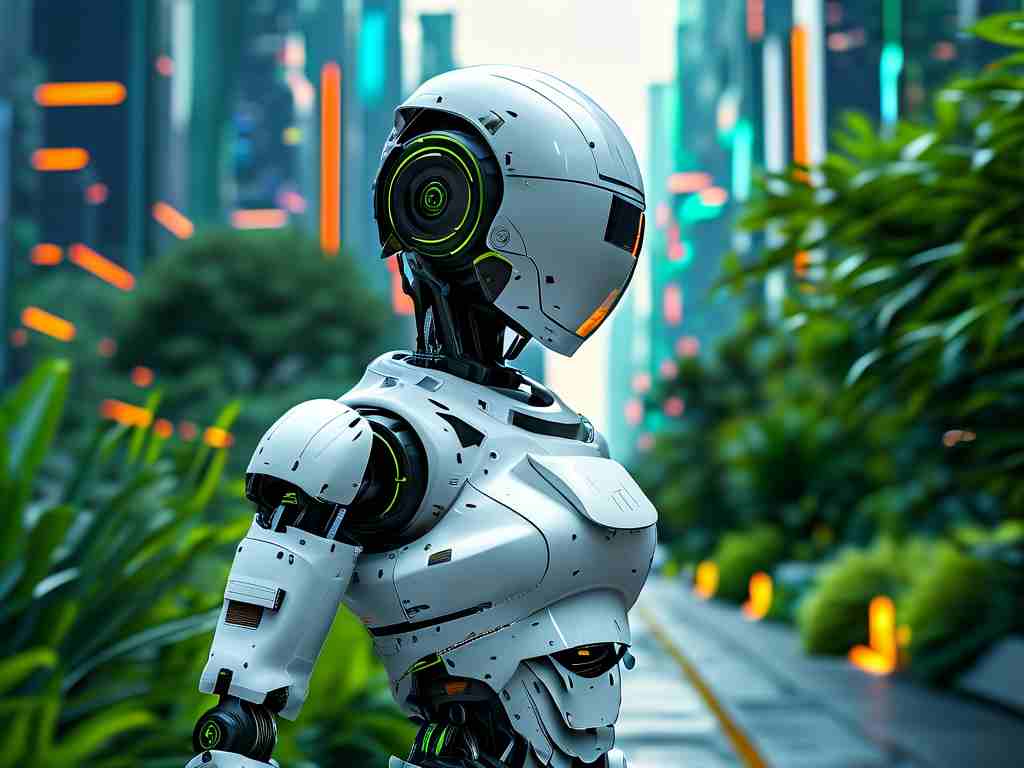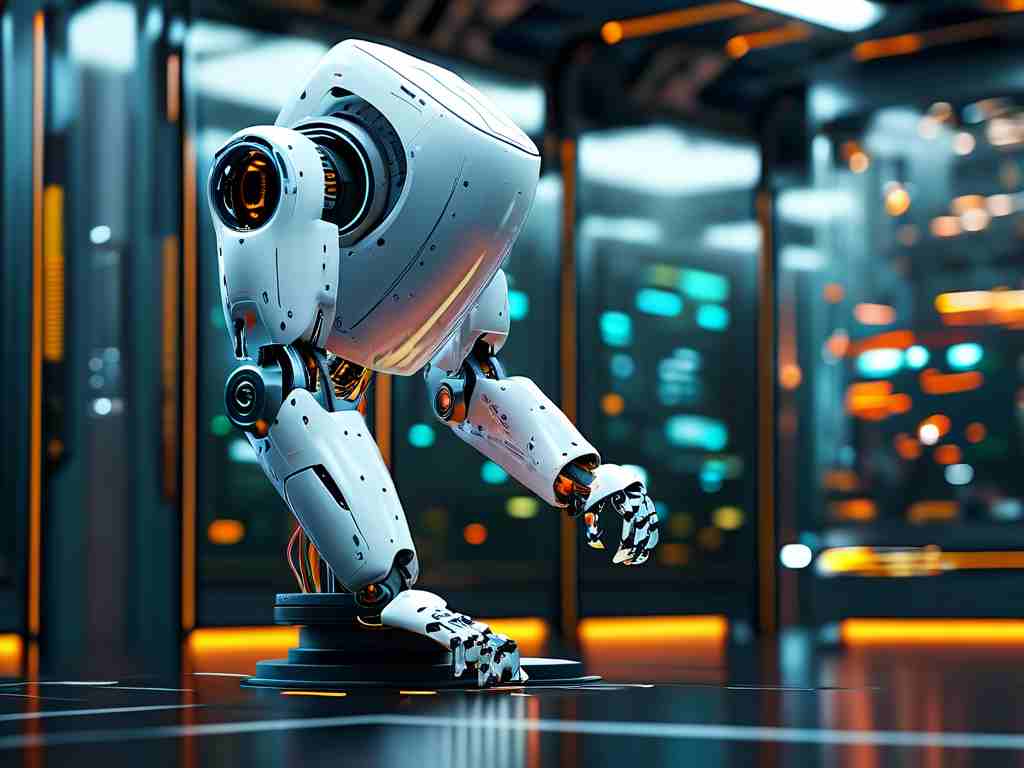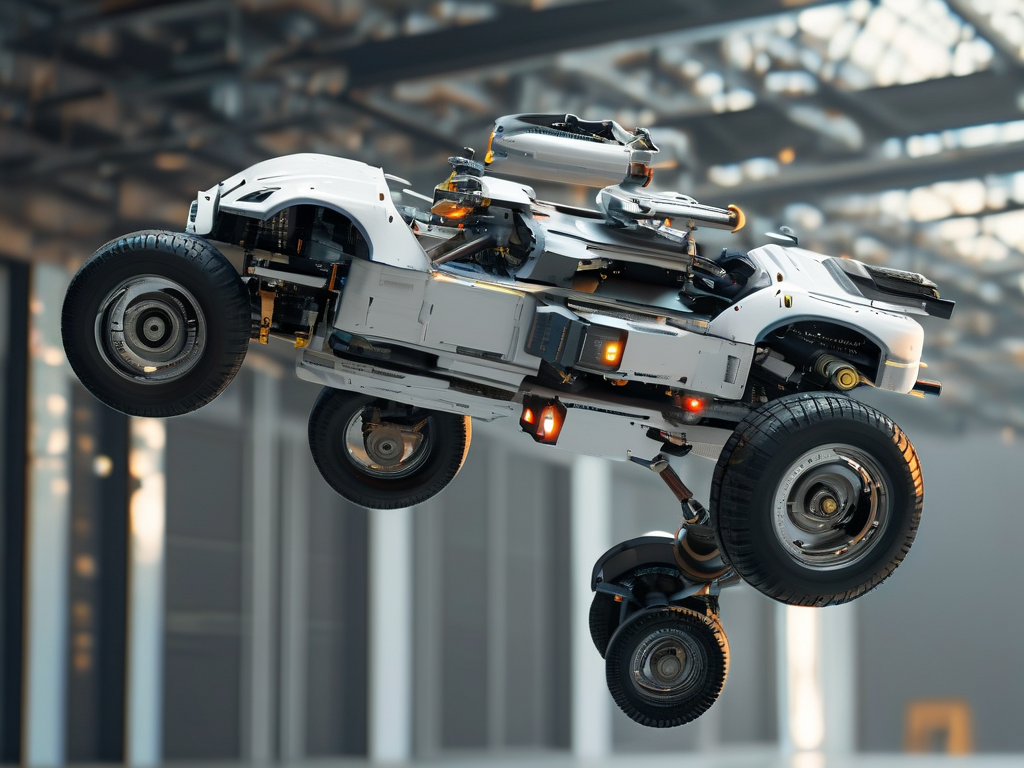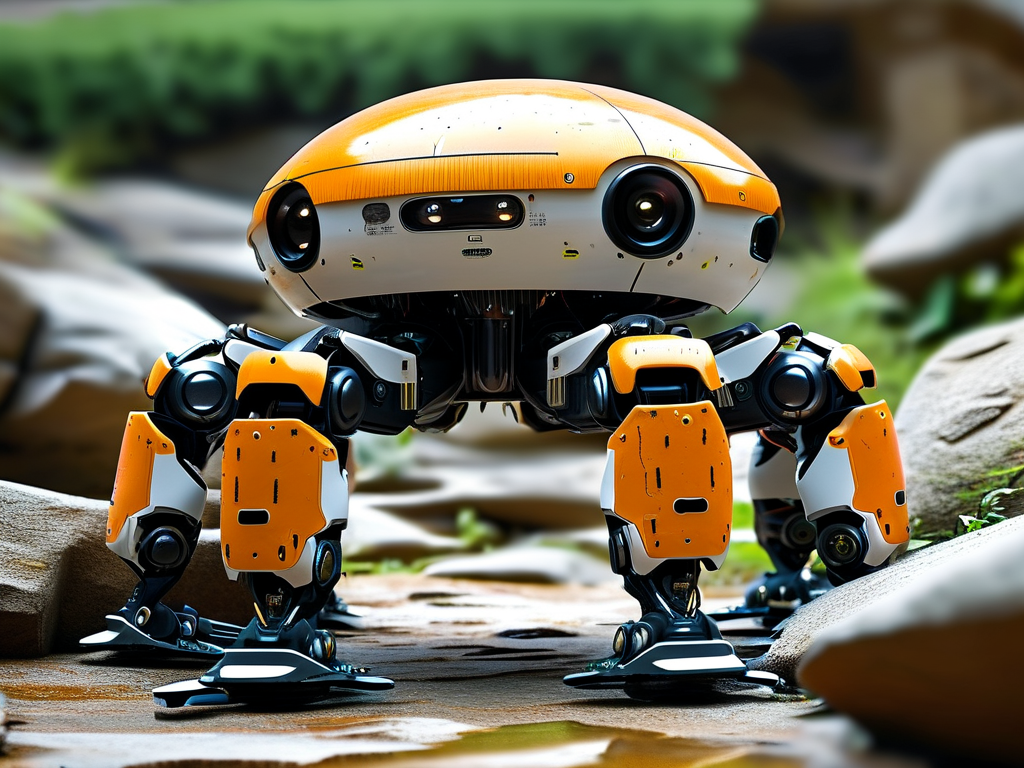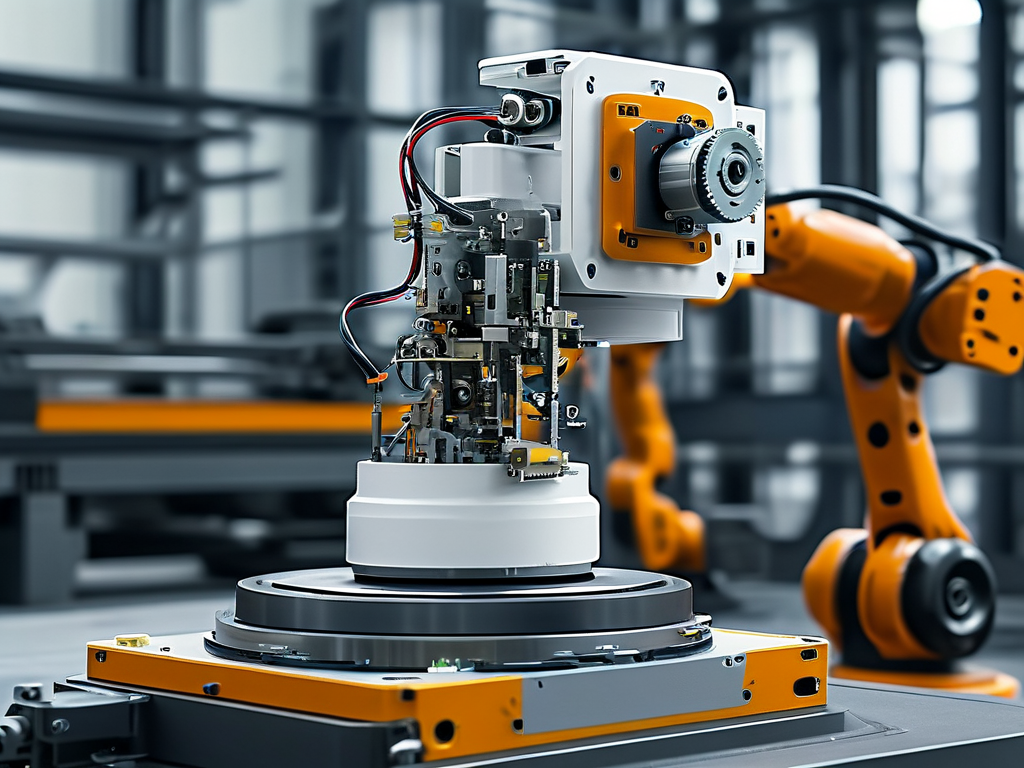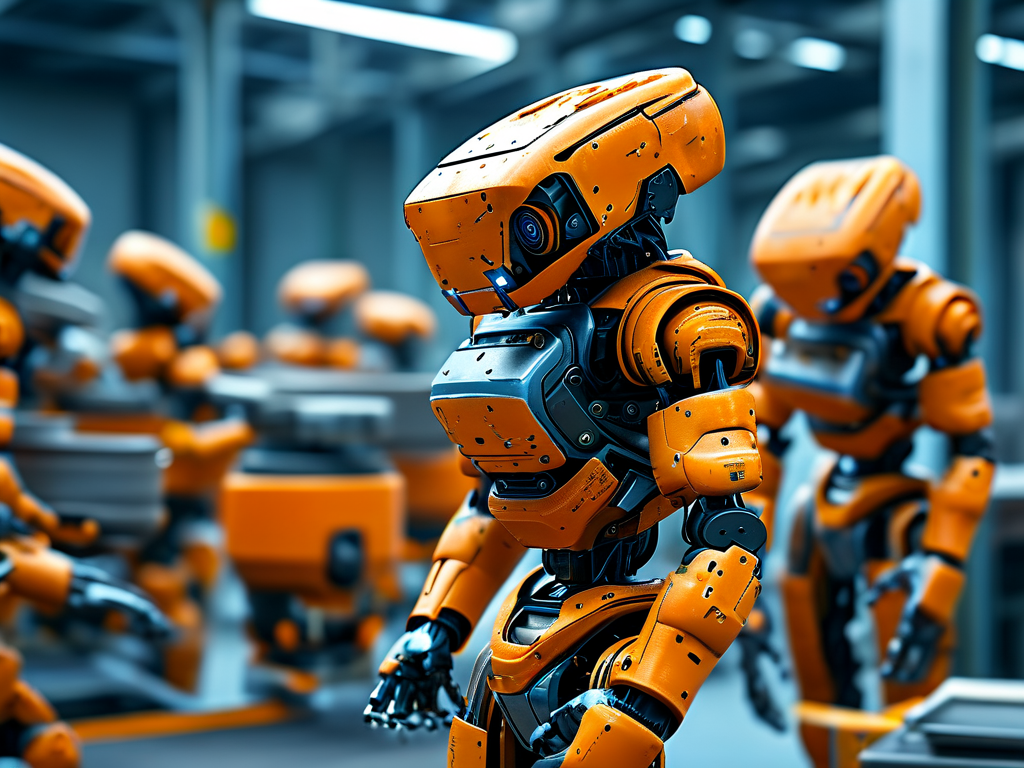The convergence of martial arts philosophy and advanced robotics has given birth to a groundbreaking field: jujutsu-inspired soft robotics. Unlike traditional rigid robotic systems, these biomimetic machines replicate the fluid motions and adaptive strategies found in the ancient Japanese combat discipline, offering unprecedented flexibility in industrial and medical applications.
At its core, jujutsu robotics relies on three interconnected principles: continuum mechanics, neural-like feedback networks, and dynamic equilibrium modeling. The skeletal framework employs hyperelastic polymers and shape-memory alloys, enabling limb-like structures to bend at 270-degree angles while maintaining structural integrity. This mimics the human body's myofascial system, where controlled elasticity replaces brute force.
Sensor fusion plays a pivotal role in replicating martial artists' proprioception. Distributed tactile arrays with 0.02N resolution detect pressure differentials across the robot's surface, while embedded fiber-optic strain gauges track micron-level deformations. These inputs feed into neuromorphic processors that implement spiking neural networks – digital analogs of biological reflex arcs – allowing sub-10ms response times to external stimuli.
The control architecture borrows from jujutsu's "ju" (flexibility) principle. Instead of resisting external forces, the system employs predictive compliance algorithms. When encountering obstacles, actuators dynamically redistribute energy through tendon-driven mechanisms, similar to how martial artists redirect opponents' momentum. This is achieved through real-time Lie algebra calculations that model spatial transformations across 6 degrees of freedom.
Energy efficiency stems from passive dynamics exploitation. Pneumatic artificial muscles with variable stiffness chambers store kinetic energy during movement phases, releasing it in controlled bursts – a mechanical parallel to kuzushi (balance-breaking techniques). Laboratory tests show 40% power reduction compared to conventional servo-driven systems during object manipulation tasks.
Medical applications demonstrate this technology's transformative potential. Surgical endoscopes modeled after jujutsu wrist techniques navigate complex anatomies with 92% fewer tissue collisions than rigid tools. Rehabilitation exoskeletons use haptic feedback loops to guide patients through therapeutic movements, adapting resistance levels based on muscle activation patterns detected via surface electromyography.

Industrial implementations face unique challenges. While soft grippers inspired by joint-locking maneuvers achieve 98% success in handling fragile objects, durability remains a concern. Accelerated wear testing reveals polymer degradation after 50,000 compression cycles, prompting research into self-healing elastomers infused with microcapsules of diisocyanate monomer.
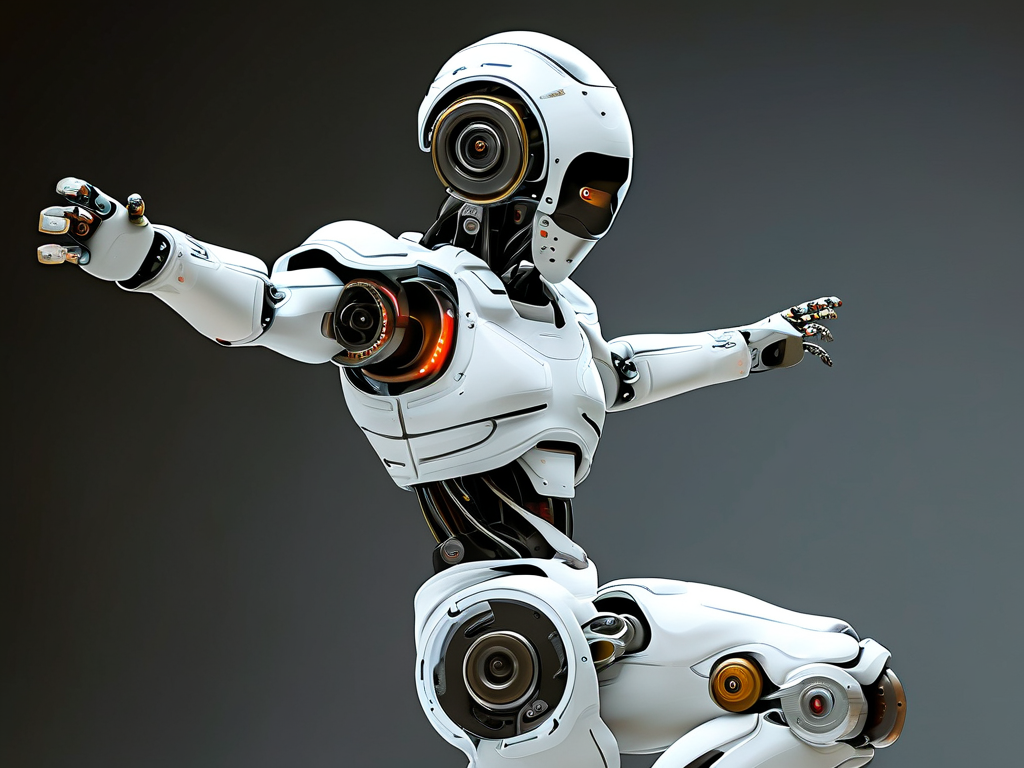
The field now grapples with scaling paradoxes. Miniaturized versions (under 5cm) struggle with fluidic control latency, while larger prototypes (over 2m) exhibit chaotic oscillations. Hybrid designs combining dielectric elastomer actuators with magnetorheological dampers show promise, achieving stable locomotion across 1:10 scale variations in recent Tokyo trials.
Ethical considerations emerge as these robots approach biological movement fidelity. The European Robotics Board recently mandated "kinetic transparency" protocols – requiring clearly artificial motion patterns to prevent uncanny valley effects in human-robot collaboration environments.
Looking ahead, researchers aim to integrate shinobi-iri (stealth walking) principles into warehouse robots, combining ground reaction force optimization with acoustic dampening materials. Parallel efforts focus on developing cognitive architectures that apply randori (free practice) concepts, enabling robots to self-generize movement sequences through reinforcement learning in unstructured environments.
From manufacturing plants to operating theaters, jujutsu robotics continues to redefine mechatronic design paradigms. As Professor Hiroshi Yamamoto of Kyoto Robotics Lab observes: "We're not just building machines – we're encoding centuries of human movement wisdom into synthetic nervous systems." This fusion of ancient martial artistry with cutting-edge engineering promises to reshape our technological landscape in ways we're only beginning to comprehend.


